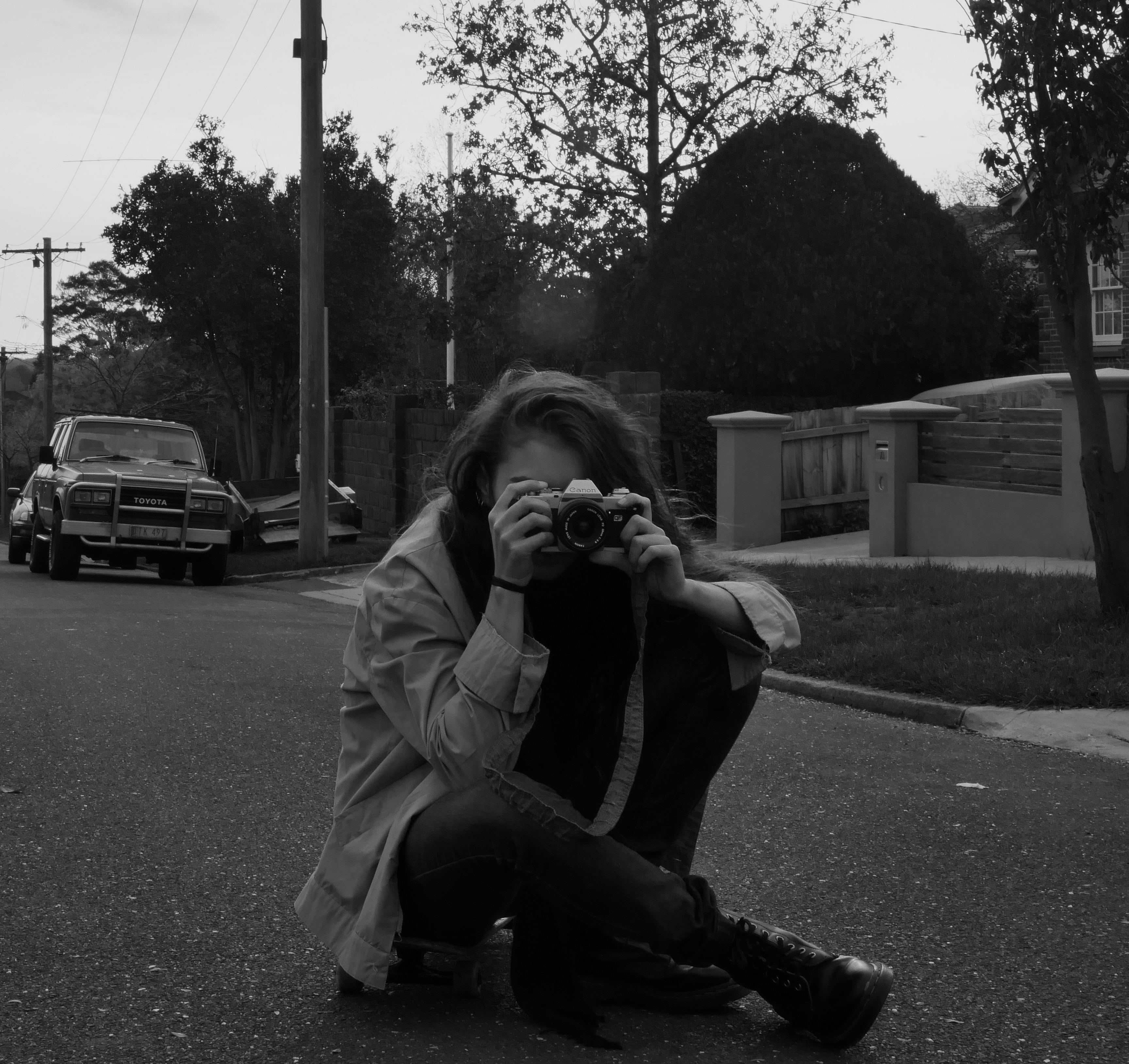How do we make documentary that is both political and poetic?
In order to produce documentary content, the reaches audiences in both a political and poetic manner, one must break the conventions of traditional cinema. After all, poetic experimentation within cinema has arisen largely from the “cross-fertilization between cinema and the various modernist avant-gardes of the twentieth century”. (Nichols, 2011)
Producing poetic cinema could potentially mean developing content that is represented in an experimental manner, stripping away literal meaning and allowing for interpretation. This will create a piece that forces the audience into thinking about a broader picture- allowing for a more in-depth analysis of the issue or content at hand.
Modern documentary is already political to a certain degree, many documentaries already have a bias and agenda aligned to sway their audiences into a particular direction. Within modern cinema documentary has become destabilized from the “fact-based, convention-bound and putatively objective social or scientific practice” (Everson, 2015) it once was. Combining cinema with poetic content creates a new wave of influential material, content that is aimed towards people’s character rather than a straightforward academic mindset.
During this studio I created my own experimental documentary piece. As a growing media practitioner I took into account many aspects during production (including, but not limited to lighting, mood, tone, mise-en-scene and audio). My short piece can be considered both political and poetic as it includes various references to current topical issues but is presented in a light that forces the audience to make their own solidifying interpretation. My piece focuses on the current issue of anxiety within our modern society. How many of us are set up to fail- to feel trapped in jobs we don’t love and to feel consistently stressed by persistent workloads.
When researching my subject matter, I found that 1 in 14 young Australians (ages 4-17) had already experienced an anxiety disorder (according to the 2015 statistic at Beyond Blue), that’s approximately 278,000 children and adolescents. In fact, it is sad to note that suicide is the biggest killer of young Australians, almost 4% more than car accidents. Yet, this is still a topic that holds a lot of resentment and stigma around it; thus by creating a piece that draws away from these facts I felt I was more able to focus more on the emotional side of documentary film-making; making sure I created empathy for my audience to take in.
My piece includes anger towards the way mental health is currently treated in our society, this can be seen by my choice in using red hued undertones and violent clips to represent inner anger and frustration. If I were to make a straight forward piece talking about such an issue it would not gain as much interest, modern audiences want film that creates empathy- footage and stories that they can both connect and relate too. By presenting anxiety in an abstract state, audiences are allow to reflect on their own experiences with it rather than factual based statistic that we hear in many television news reports.
During this project I have taken inspiration from various performance artists, as contemporary art is also a platform which can blend politics and the poetic form together. Marina Abramovic’s ‘The Artists is Present’ is a documentary I believe blends both poetic and political. Marina discusses the issues relating the the human connection and the lack of- entering the digital age, but presents her argument by using performance; staring into another humans eyes. This is all it takes for many audience members to feel a connection to her piece. This changes the perception of many individuals- all by a simple gaze, no facts or statistics or even verbal/diegetic audio just a documentary piece covering the effects of people learning the power of the human connection.
I have also taken inspiration from this short documentary piece below, depicting what it would feel like as an individual with schizophrenia (another mental illness prevalent in society but still stigmatized). I feel this piece brings a lot of heavy emotional tones through it’s visual imagery.
It reminds me that I am not only a media practitioner but also as a consumer and that using camera angles, audio, mise-en-scene, are all elements that if put together in a creative manner can create a piece that evokes a heavy emotional response. I really enjoy having these topical issues (like mental health) presented this way as there are many people in society who have never experience mental illness and possibly wont ever- thus they are still able to experience what it would feel like through film. A normally documentary would not be able to create such an emotional response that a poetic documentary is able to as it really makes the viewer question the material they are presented with.
Overall, the way documentary is produced, it’s intent and it’s content are all key factors on weather the piece will be political or poetic or in this studios case, both. The main aspect to take into account is the audience and the way they perceive the media presented. Media that is poetic generally creates an emotional response which in many cases can be empathy for the issue on screen. But allowing the audience to interpret the issue without forcing the facts onto them gives them space to breathe, it ultimately allows them to consume the media with an active mind and rather than giving them content to memorize- thus it helps expand their emotional responses to future documentary films.
